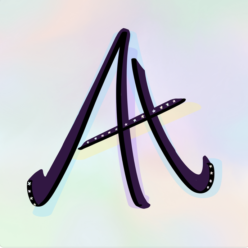
After reading about the Fairey Copyright Case, it was shocking to see the dispute that occurred over the use of Garcia’s AP photograph submission to create a presidential campaign poster. This case definitely seems complicated especially at the time of its origination, when photography was beginning to rapidly advance to DSLRs and art was being shared to online mediums. Even though Fairey’s understanding was that he was utilizing the photograph in a fair nature and new, creative, way, it really boils down to the time if courts were able to determine the legitimacy of cases like these over the importance of copyright, as reflected in the “Case Study on Fair Use and Fair Dealing: The Hope Poster Litigation.“
Based on The New York Times article, “Shepard Fairey Is Fined and Sentenced to Probation in ‘Hope’ Poster Case“, the explanation of the case ends with a statement by Gary Pruitt that says: “We hope this case will serve as a clear reminder to all of the importance of fair compensation for those who gather and produce original news content” (NYT). Though this case blew up to the proportion that it did, it also raises this point that Pruitt says about truly just and fair compensation for those affected by copyright. It is important for designers to attach appropriate copyrights to their work, especially now in a digital age that we share our designs online for the world to see. AIGA’s “Guide to Copyright” discusses the use of copyrights, such as registering creative work and designs, in addition to the natural copyright that exists in the creation. As AIGA’s reading emphasizes, having a registration of a design allows for the record and entitlement of damages and fees in the case of claims such as infringement of work. Across all fields of the law, having an official paper trail can be very helpful in the long run, especially in the case of an unfortunate lawsuit that can happen, just like the ‘Hope’ Poster case.
References:
“Reflections on the Hope Poster Case,” 25 Harvard Journal of Law and Technology 244 (2012).
“Guide to Copyright” AIGA. (2009). PDF. New York City; Tad Crawford, AIGA.






